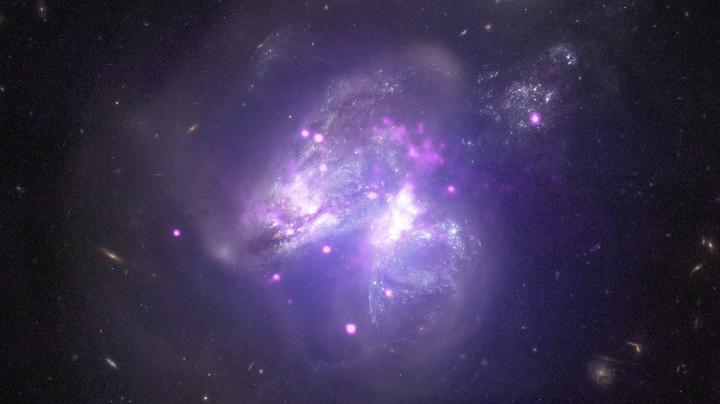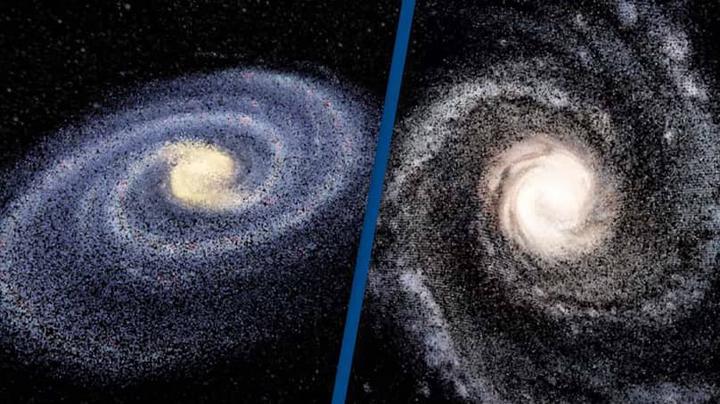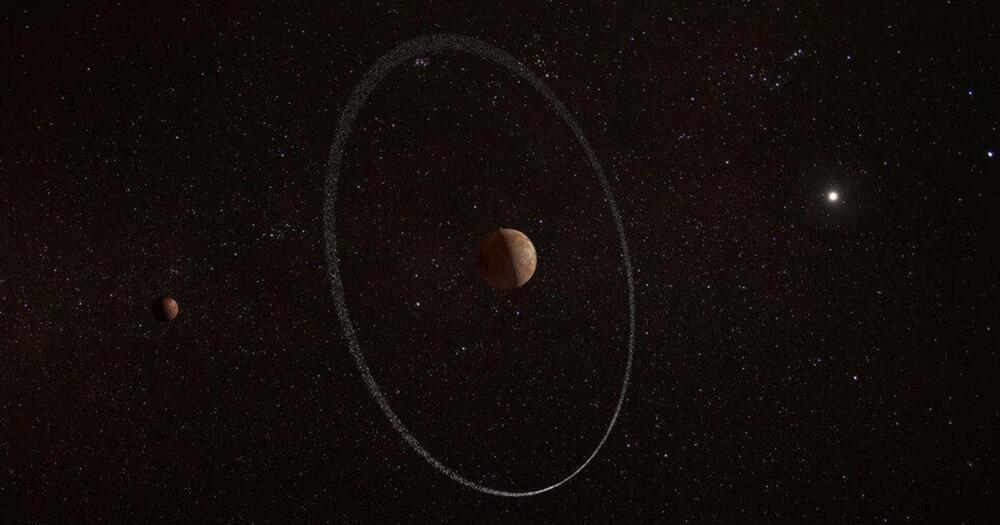Google’s wannabe rival to ChatGPT is off to a shaky start after its launch video featured a glaring error about the JWST and exoplanets. As a result of the blunderin parent company Alphabet plunged by around $100 billion on Wednesday.
In a promo video posted on Wednesday, Googles’s new artificial intelligence (AI) chatbot, Bard, was asked to describe the discoveries made by JWST to a nine-year-old child. It replied that it was the first telescope to ever take pictures of a planet outside of the Solar System.
Unfortunately, however, that is not true.






